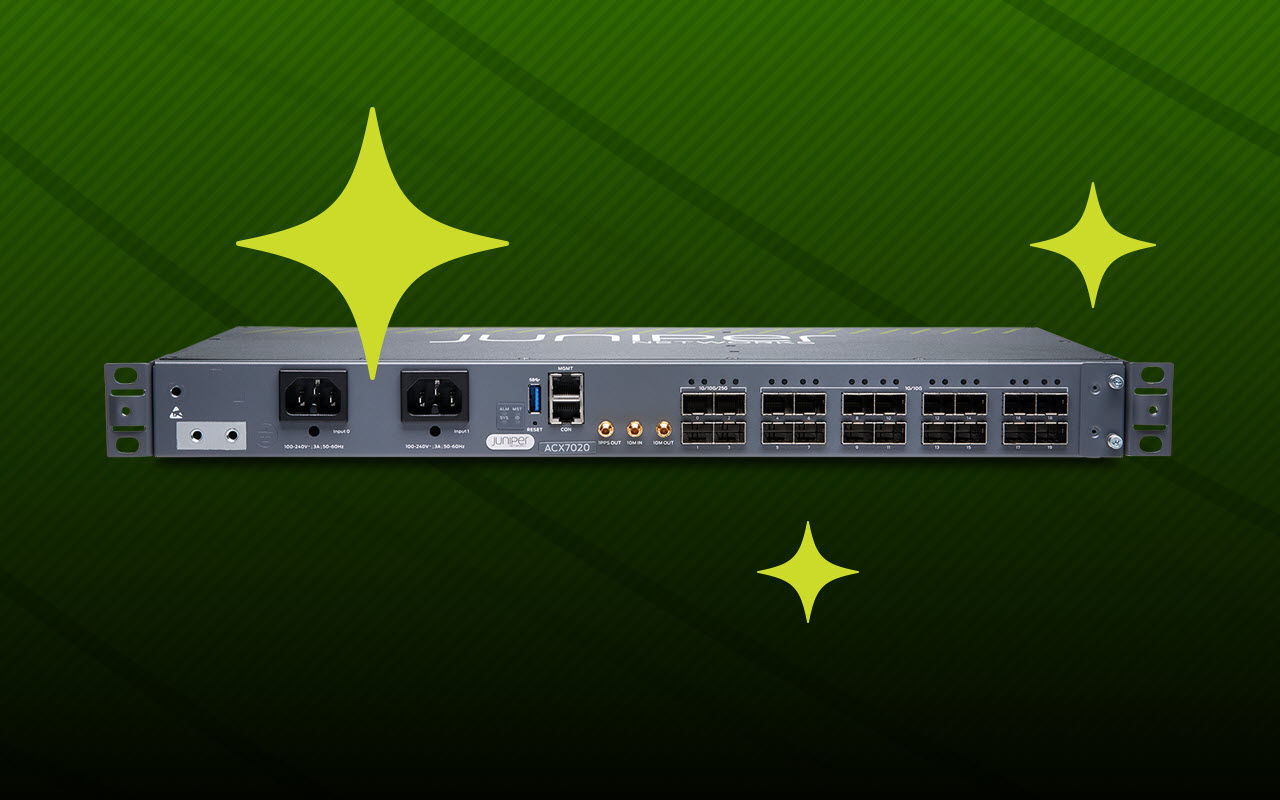Customer Success Story

A smart network supports student success and research goals at UT San Antonio
The University of Texas at San Antonio (UTSA) has a bold plan to become a model for student success, a great public research institution, and an exemplar for growth and innovation. More than 34,000 students attend UTSA, and 45% of students are the first in their families to attend college.
UTSA is migrating to an AI-driven campus network from Juniper for a flexible, secure, and operationally efficient digital foundation for learning, research, and innovation.
Overview
| Company | The University of Texas at San Antonio |
| Industry | Education |
| Products used | AP43, EX4400, Juniper Wi-Fi Assurance, Juniper Wired Assurance |
| Region | Americas |

34,000
Students attend UTSA
60+
Buildings will be connected by a Juniper network
Great Wi-Fi
Indoors and outdoors on 758-acre campus
Top
4% of research universities in the U.S.
Meet digital expectations and security requirements
“Network modernization supports the university’s strategic initiatives,” says Nassos Galiopoulos, CTO and deputy CIO at UTSA.
A decade-old campus network couldn’t keep pace with students’ expectations or researchers’ needs. “Demand for Wi-Fi has increased 10-fold,” he says. “Students use multiple mobile devices and are streaming media and classes while on campus.”
In 2022, UTSA earned the prestigious Carnegie R1 research university designation and also qualified for the Texas National Research University Fund. “As a public research university, our mission is to produce new knowledge, and we must meet stringent cybersecurity requirements to apply for grants,” says Galiopoulos.
Addressing the IT talent shortage was also critical, and the university wanted a campus network that would be simpler to manage. “The reality of the job market is that it’s hard to find network engineers at salaries that a state institution can afford,” he says. “We don’t want our staff to spend hours troubleshooting connection issues.”

Modernize connectivity with an AI-driven campus fabric
“Juniper hit the sweet spot of allowing us to deploy a new network architecture that would meet our requirements for student experience, cybersecurity, and operational excellence,” says Galiopoulos.
Migration to a Juniper network began at UTSA’s downtown campus, home to the new School of Data Science and UTSA National Security Collaboration Center, and then progressed to its 600-acre main campus.
An EVPN-VXLAN fabric creates a secure, scalable, and flexible campus network to meet the diverse needs of its colleges, research, and administrators. Juniper wireless access points and switches, working in conjunction with the Juniper Mist cloud architecture driven by Mist AI™, deliver optimized user experiences to students, faculty, researchers, and staff and their wireless, wired, and IoT devices.
Juniper Mist Wi-Fi Assurance and Wired Assurance cloud services make wireless and wired connectivity predictable, reliable, and measurable. Marvis, the Juniper virtual network assistant, provides the IT team with insights and actionable recommendations that can proactively fix an issue before students, faculty, or staff know it exists.

Create a thriving learning and research ecosystem
“UTSA has the concept of a ‘digital backpack’ so wherever students are on campus, they can just reach out and get what they need. A fast, reliable, and secure Juniper network supports this experience,” says Kendra Ketchum, Vice President for Information Management and Technology at UTSA.
The Juniper network supports the university’s focus on learning, collaboration, and research, while being easier to manage.
“With Mist AI integrated into the Juniper network, a small team can manage a vast network with 1,000 switches and 60 buildings on three campuses,” says Galiopoulos.
Strong security and simpler network segmentation support the university’s research mission, opening the door to more grant opportunities, and supporting research programs such as understanding aging and health disparities, researching extreme climate conditions, and building a diverse and inclusive innovation ecosystem in the U.S.


Published June 2023


























